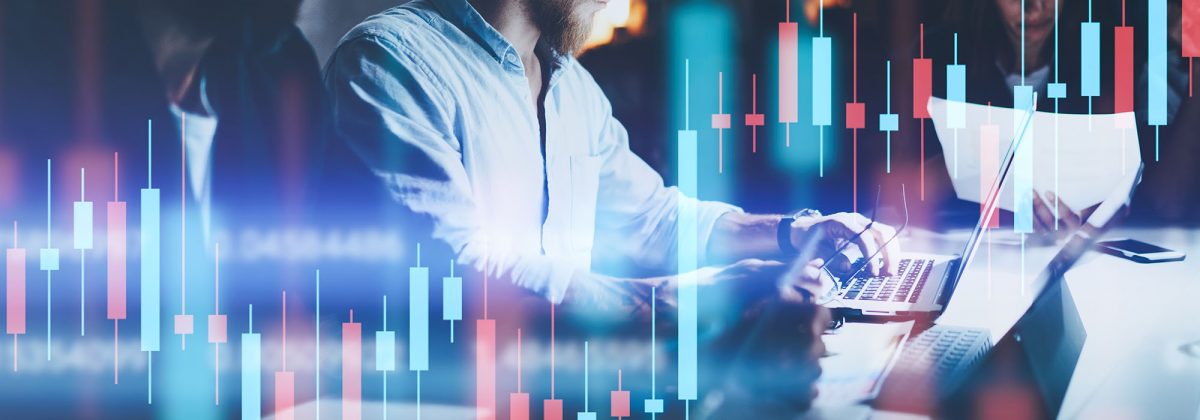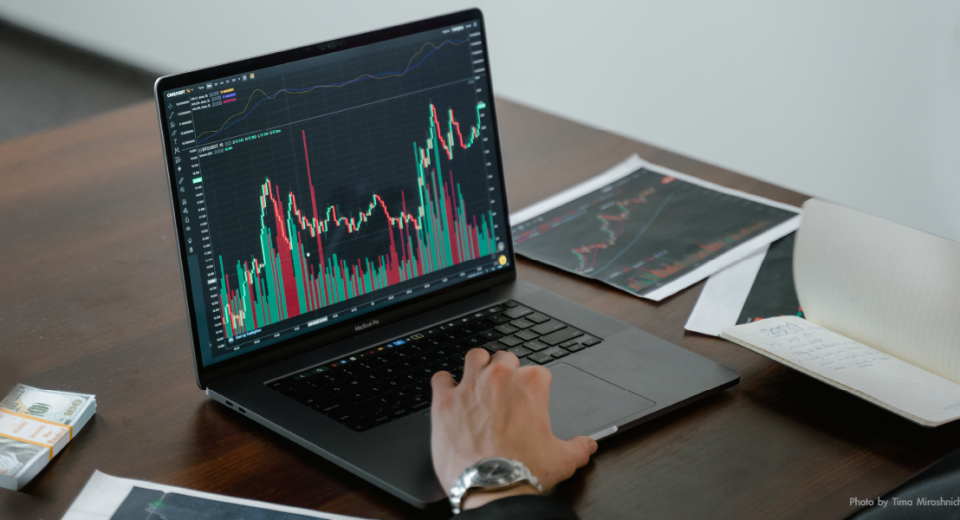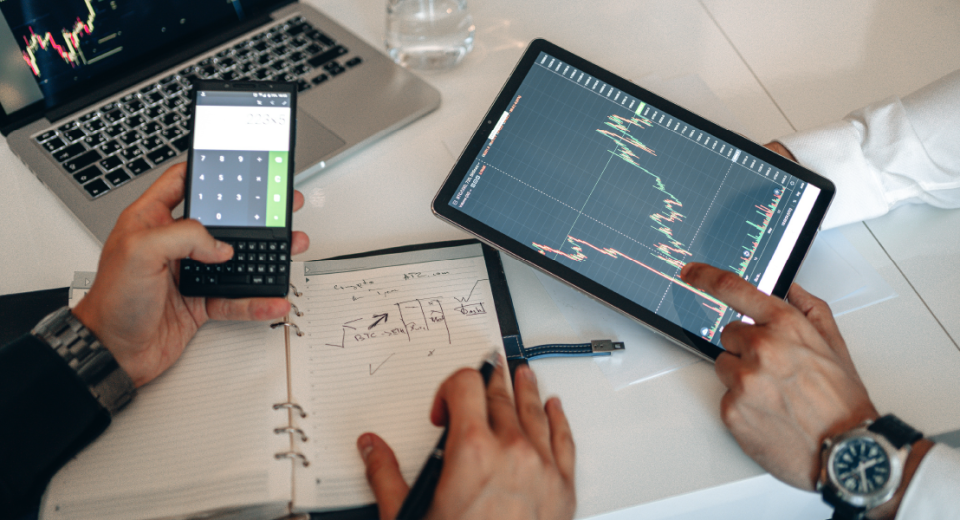Beginners Guide to Forex Trading

While trading the world’s most liquid financial markets can prove satisfying, it is definitely not to be taken lightly. Over the years, forex trading has gained immense popularity on account of advancements in technology, with the robust trade terminals of today offering huge flexibility to traders in terms of multi-asset access, high execution speeds and vital technical and fundamental analysis tools. Trading today can be pursued even full time, from the comfort of your living room.
And, this trade isn’t for the fainthearted. Market volatility leads to high risk situations, which can only be tackled through careful preparation and training. Here are 10 things to know of before you embark on the forex journey.
1. Know the Major Currency Pairs
You must already know that forex trading involves the buying and selling of one currency against another, or in other words, the trading of currency pairs. The aim is to make a profit from the difference in prices between the two currencies in the pair and the fluctuations in these prices. There are over 18 different currency pairs usually quoted by market makers, but not all of them are traded extensively. Major currency pairs are those that see the highest levels of liquidity or trade volumes. These are:
- EUR/USD
- USD/JPY
- GBP/USD
- USD/CHF
- AUD/USD
- USD/CAD
These pairs have highly liquid markets that trade 24-hours a day, which means that you are likely to find a buyer or seller on the other side at any time you wish to trade. They also have tighter spreads.
2. Know the Spreads
One of the best ways to judge the liquidity of a market is through the bid-ask spread. It is the difference between the quoted ask price (for immediate orders) and bid price (for immediate sale), calculated in “pips.” Gaining access to competitive spreads is important, since this will ultimately affect the profitability of your trades. The lower the spread, the more you can get out of a trade.
3. Get the Support of a Reputed Broker
Competitive spreads are obviously a key criterion while choosing a forex broker. Brokers who handle high transaction volumes are able to offer tight spreads. Apart from this, it is important to check whether the broker is licensed and regulated in the country where you will be trading. This will ensure funds safety, robust trade terminals, high quality customer support, rich educational resources, and the cutting-edge trading tools, such as an economic calendar, technical indicators, transparent commission structure and charting capabilities.
So, look for a broker with a good reputation, licensed by regulatory bodies like the FCA (Financial Conduct Authority, UK), ESMA (European Securities and Markets Authority, EU) or CySEC (Securities and Exchange Commission, Cyprus), to name a few.
4. Interest Rates Drive Currency Value
Forex trading is the act of simultaneously buying and selling currencies. Every currency is tied to the interest rate released by its Central Bank of that particular nation. An increase in interest rates usually leads to an appreciation in the exchange rates, provided that the inflation rate is below the target levels. Hence, traders track the interest rate announcements by Central Banks. For instance, in the US, the FOMC meetings take place at least 4 times a year to decide on interest rates. Interest rates are only one of the macroeconomic factors that drive currency values.
5. Macroeconomic and Geo-Political Events Affect the Forex Markets
Apart from interest rates, various economic data like inflation rates, manufacturing index, retail sales data, trade balance reports and GDP fluctuations affect exchange rates. Be prepared for the announcement of such by government bodies of the countries whose currencies you might be trading. Along with them, major geo-political events, such as elections, war, natural disasters, regional instability and trade wars, also affect currency prices. It is wise to always track major news releases and indicators using an economic calendar, which provides the schedule for all economic releases through the financial year. It is usually in the immediate aftermath of these releases that the forex markets tend to become extremely volatile, so ensure that your positions are protected with the right risk management tools.
6. Leveraged Trading Multiplies Both Profit and Loss
Using leverage allows you to enter much larger position than your capital reserves would. It is expressed as a ratio of the total capital available to the amount of actual capital owned by you, with the additional amount being lent to you by your forex broker. It goes without saying that when you do everything right and the markets go in your favour, you will get greater profits from the higher exposure. But, if the markets move against you, your losses will be magnified too. This is why most regulatory bodies have limited the amount of leverage that brokers can offer for specific instruments. Make sure your broker complies with these laws.
7. Define a Specific Trading Plan
It is always a good idea to gain insight into your strengths and weaknesses, so that you can formulate the right strategy for your specific personality. Are you planning to trade full-time or part-time? Long-term trading strategies do not need the level of attention that short-term ones do. Some short-term methods, like scalping and swing trading, tend to be risky for beginners. Choose a timeframe according to your personality and level of experience. Trends could become clearer over multiple timeframes. Forex trends usually are either upward or downward, rather than moving sideways. So, traders usually prefer to trade with the trend.
Also, the trading behaviour of every currency pair is different, such that a strategy that works well for one pair might not work as well for others. Create a trading plan and stick to it. And, always test your strategy on a demo account before applying it to the live markets.
8. Know Technical and Fundamental Analysis
Most trading styles use a combination of technical and fundamental analysis. Technical analysis consists of tools that can evaluate past price action to determine future market directions. Fundamental analysis is about evaluating market fundamentals, such as political situations and economic indicators, to ascertain the overall market sentiment. Smart traders consider overall market fundamentals, while using technical indicators to pinpoint entry and exit levels. There needs to be a balance between the two. Note that no indicator is ever foolproof. It is only with experience that you will learn to interpret them better.
9. Emotions Can Affect Trade Results
Traders are human beings after all, and human emotions are inevitable. The only problem is that emotions can colour our trading decisions. Always execute pre-determine stop-loss and take profit levels, and do not change them just because you feel differently, or your expectations have changed. Emotions like greed and revenge can wreak havoc on trades and even wipe out your entire account. Also, don’t make hasty decisions, in the heat of the moment, especially if it is totally different from your original trading plan.
10. Risk Management Tools are Indispensable
There can never be a compromise on this point. Always put in place stop-loss orders, so that losing trades can be cut short. At the end of the day, your wins need to surpass the losses, for you to register a profit. Also, the forex markets can become extremely volatile at certain time. So, stay abreast of market developments.
Capital reserved for forex trading should be according to your risk/reward profile. This means that it should be enough to allow you to withstand periods of losses, without affecting your day-to-day money requirements. Remember that even the best traders face losses from time to time. The reason they succeed is that they have robust risk management tools that keep losses to a minimum.
Reference Links
- https://www.investopedia.com/slide-show/beginner-forex-steps/
- https://dollarsandsense.sg/forex-trading-101-need-know-start-trading-forex/
- https://investinganswers.com/articles/forex-trading-top-ten-list-things-know-when-youre-ready-start
- https://www.thebalance.com/what-you-need-to-know-for-day-trading-1031072




